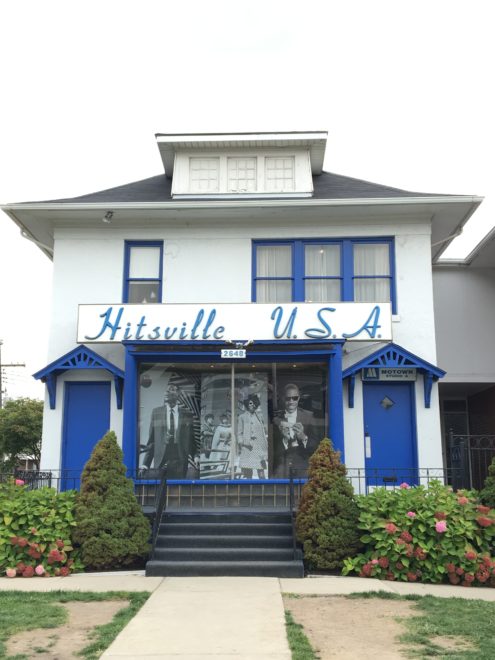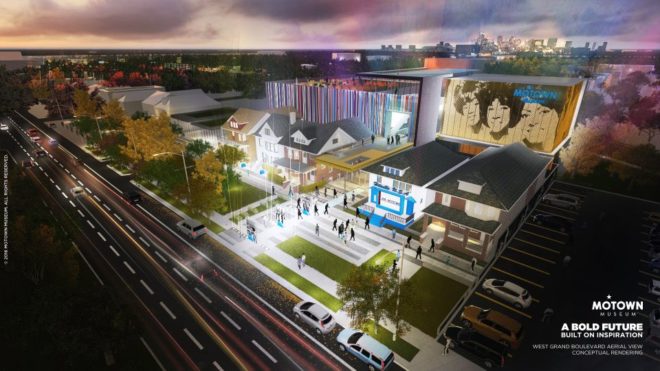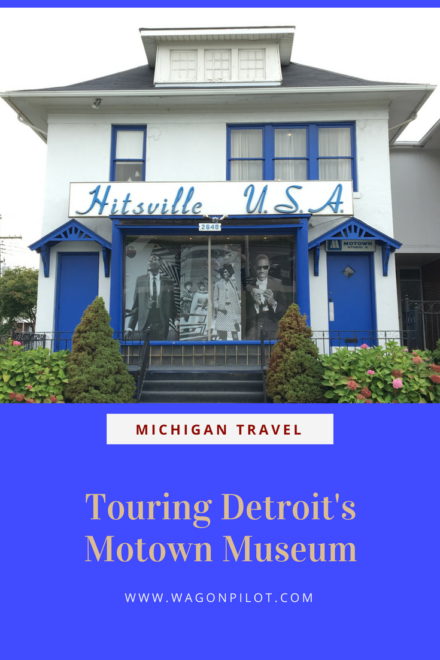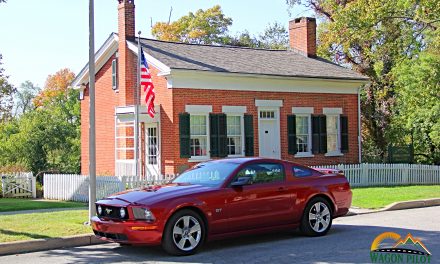Detroit is known the world over by two nicknames. The Motor City, where Ford and other companies developed the automobile and factories into a a new way of life. The other is Motown. That particular combination of jazz and upbeat soulful singing that helped define 1960s America. Today I’m going to discuss my tour of the Motown Museum and how I got a closer look at how so many iconic artists were set on the path to stardom.
Disclosure: I was invited for a free tour of the Motown Museum. Content, as always, is purely my own creation.
The Birth of Motown
Berry Gordy jr., the 7th of 8 children, followed in the footsteps of his entrepreneurial parents. Berry, already a budding song writer, had an idea for creating successful bands similar to the methods employed by the local auto industry. In 1959, he borrowed $800 from the family savings fund to start Tamla Records. By 1960 the renamed Motown Records was already producing hit records.
Gordy’s model took in budding artists and focused on improving and producing quality work by having each song and album pass through a loose committee of other artists, managers, and sound engineers before release. Berry also hired staff to groom musicians into star stage performers with stylish coordinated outfits and iconic, yet simple, dance moves. Artists were even schooled in manners for presenting themselves on TV and stage.
Aptly dubbed Hitsville U.S.A., the row of houses on West Grand Blvd. Launched the careers of so many great artists. Stevie Wonder, Marvin Gaye, Diana Ross and the Supremes, Smokey Robinson and the Miracles, just to name a few. The unique sound was a mix of soulful gospel backed by jazz. Unlike the Blues, Motown was always upbeat and hopeful. The stream of top artists and hits lasted from 1959 until 1972 when Gordy moved operations to Los Angeles to work closer to the movie and TV industry.
The Motown Museum
Esther Gordy Edwards, elder sister of Berry and Sr. VP of Motown Records, declined to move to California and kept operations going in the old Hitsville house. Over time, more and more visitors came by asking to catch a glimpse of the legendary Studio A. After several years of giving impromptu tours, she converted the building into the Motown Museum in 1985.
The museum consists of the original Hitsville house and an adjoining home. Tours begin on the main floor which houses a gift shop, lobby, and small theater. After an introduction, guests are invited to watch a music filled movie briefing the history of the company and artists. From there, it’s off to the upstairs gallery.
Filling half the second floor, the memorabilia gallery consists of dozens of historic pictures of both Gordy family and Motown artists. Our guide gave an in depth tour of Gordy family history and Motown Records operations; often accented with great renditions of classic songs. The gallery also has walls decorated with vinyl album covers, awards, and other Motown memorabilia. One popular favorite is the black hat and single sequin glove donated by Michael Jackson.
The other half of the second floor has been renovated to show Berry Gordy’s family apartment in the early days of the company. From there, it’s back down to the main floor and the original front office. The part everyone is most interested in comes at the end, Studio A. I was surprised to find out the studio is actually an attached garage that was sound insulated and has adjoining areas for sound mixing and isolation rooms. Original instruments, including an nineteenth century Steinway piano recently restored by donations from Sir Paul McCartney, fill the studio.
Another unique aspect of the house we learned is the attic was converted into an echo chamber. Music was sent up there through the microphones, played through a speaker, then sent back down to the recording machines to create a distinctive sound.
Motown Museum Expansion
While it was interesting to tour two of the original two houses, along with the famed studio, I was excited to learn that a major $50 million expansion is in the works. Slated to begin around October 2017, the 40, 000 square foot addition will add new buildings housing a theater and interactive exhibits plus dedicated parking. The project is expected to be completed in late 2019. The Motown Museum may need to close down for long periods in 2018-2019 for renovations, so get in for a tour while you can.
Tips for Visiting the Motown Museum
Visits are by guided tour only, so make reservations. Tickets often sell out, but can be purchased up to 21 days in advance. Tours typically begin every half hour and last around one hour.
Ticket prices range around $10 to $15. Free for kids 4 and under and museum members. Group tours are available for parties of 20 or more.
Parking can be an issue since there is no dedicated lot for the museum. Streetside parking is available in front of the museum on West Grand Blvd and also the street behind. Do not park in the neighboring lot, which belongs to the funeral home.
Photography is not allowed inside the museum. So put away those cameras and cell phones.
The Motown Museum has an elevator and is fully accessible.
For more information and to purchase tickets visit the Motown Museum website here.








We lucked out and our tour guide let everyone take pictures in Studio A. The rest of the museum, though, was definitely off limits.